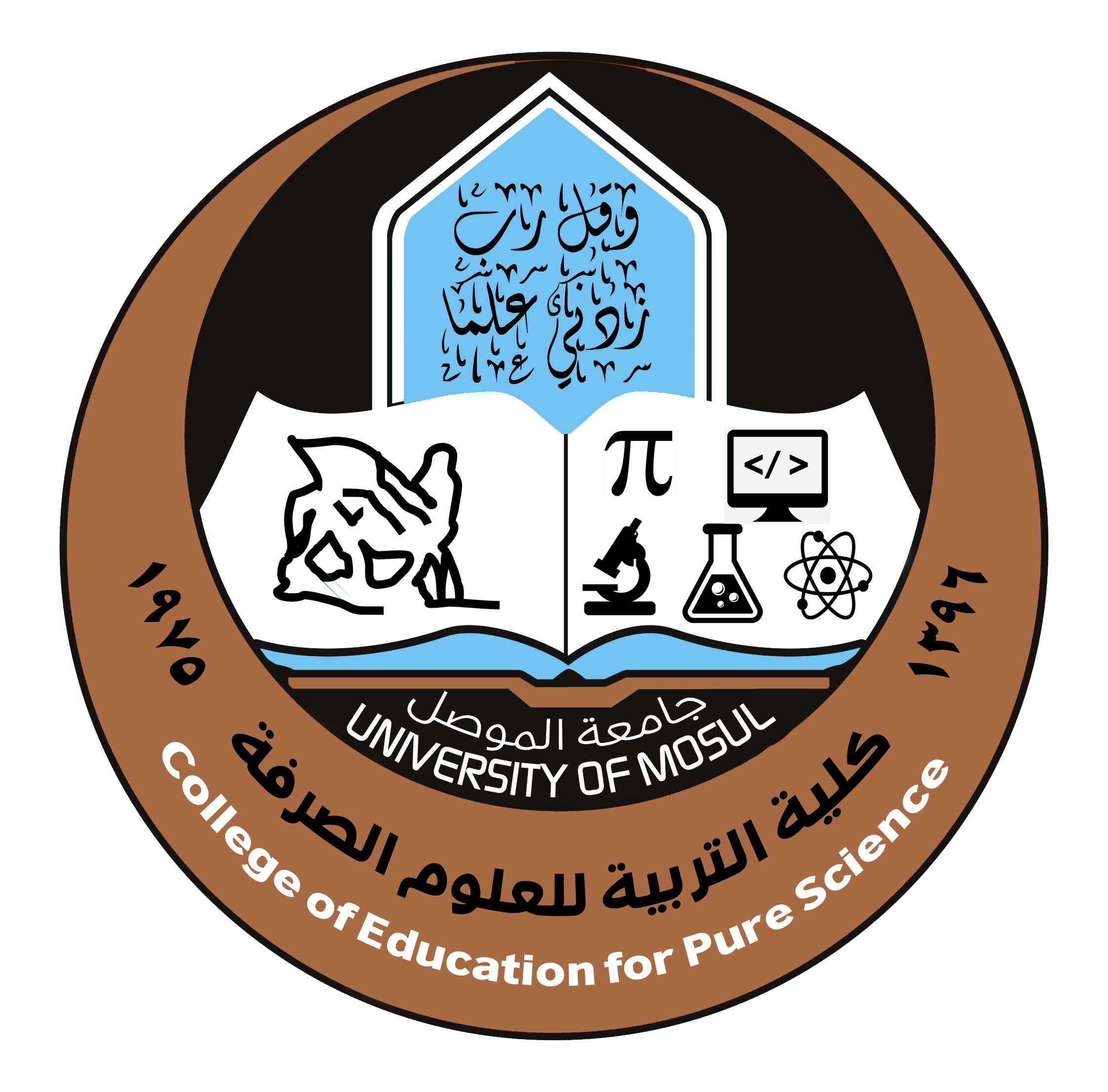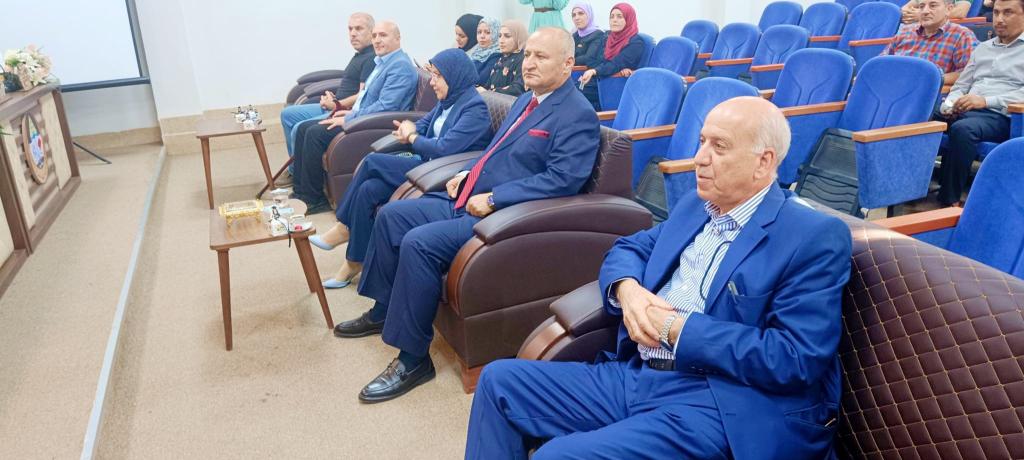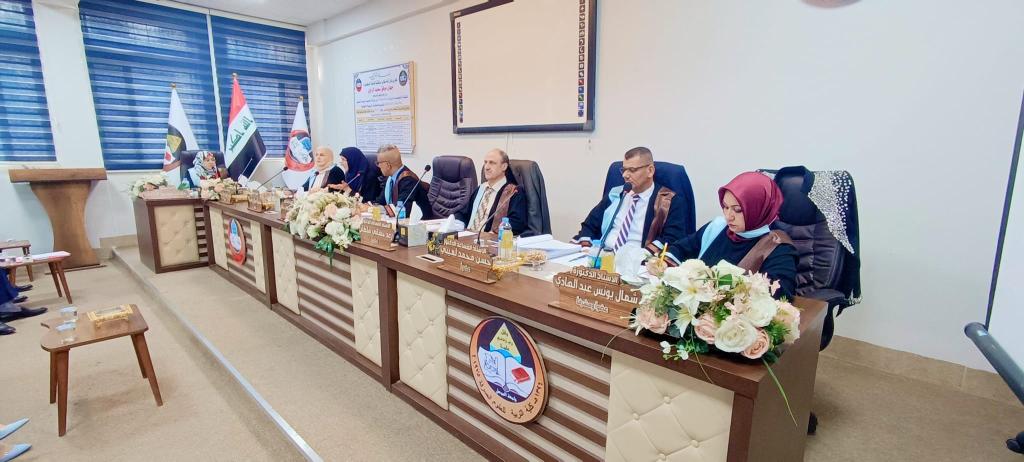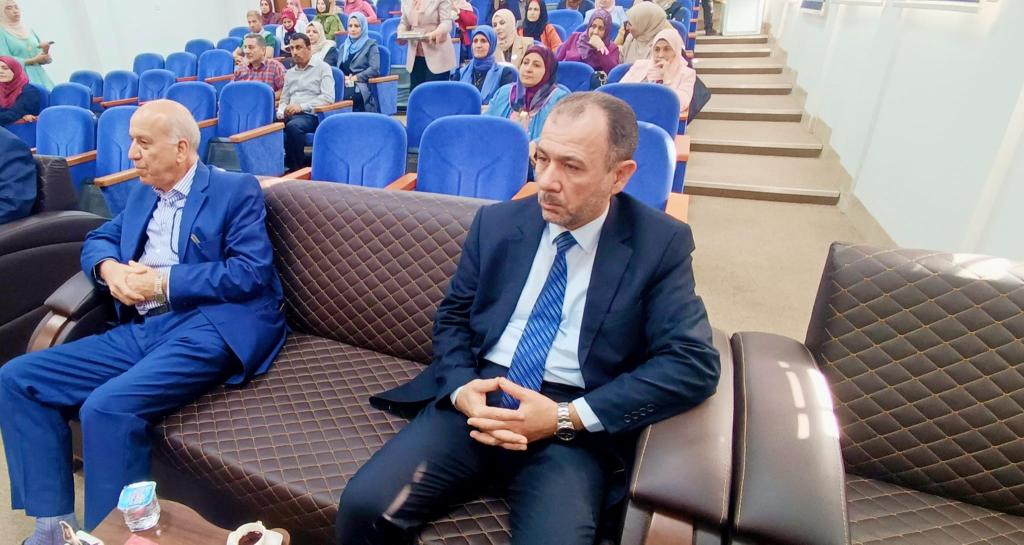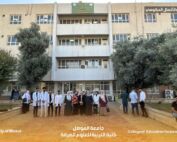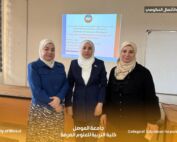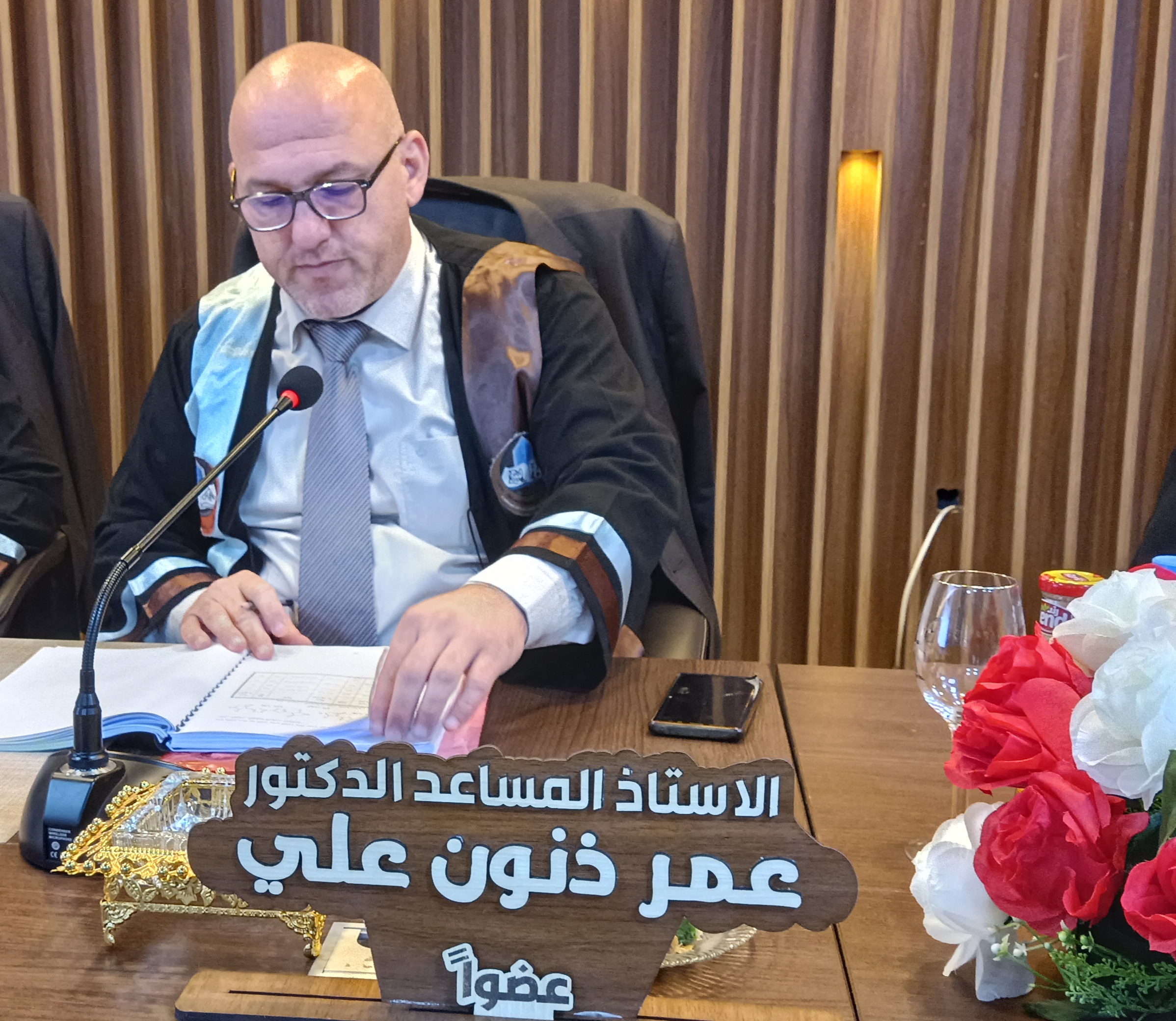27 October، 2022
PH.D. Dissertation Viva-Bioilogy Department
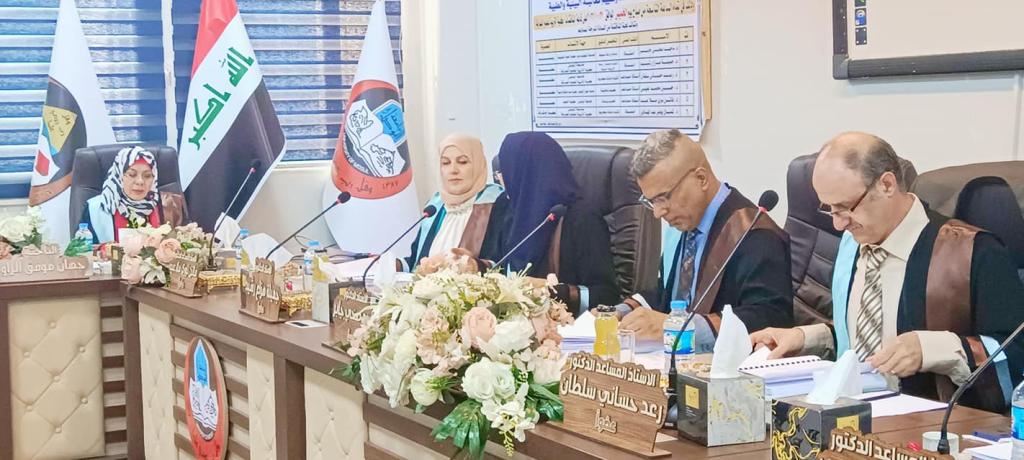
PH.D. Dissertation Viva in the College of Education for Pure Science entitled ” Purification and characterization of Tannase enzyme from a new local fungi isolate Helvella bachu and evaluation of its environmental and medical efficacy”The College of Education for Pure Science, University of Mosul, has done the PH.D. Dissertation Viva entitled ” Purification and characterization of Tannase enzyme from a new local fungi isolate Helvella bachu and evaluation of its environmental and medical efficacy”,On Thursday, October 27, 2022, the respected Dean of the College, Assistant Professor Dr. Qais Ismail Ibrahim, the Honorable Scientific Associate and Administrative Associate, the Honorable Head of the Department of Biology, and a number of the college’s teachers were attended the viva. In this study, presented by the PH.D. Student Jehaan Mowafak Al-rawi in the Department of Biology, the first survey trips were launched on the morning of the twenty-second of January of the year 2021, which lasted five months and included different areas of the city of Mosul and many of its districts. With the resumption of flights, the field survey revealed a unique and diverse combination of fungi that gave different responses by the initial screening when detecting the production of tanase enzyme. And it became clear the superiority of the isolate with the scientific symbol J75, which gave the highest diameter of the decomposition halo amounted to 9.2 mm within 5 days. After extracting the DNA from the fungal hyphae, conducting the polymerase chain reaction and analyzing the nucleotide sequences and inserting it into the NCBI website, it was found that it belongs to the serial number. OL454919.1 . To bring the spirit back to scientific research, the enzyme was used in a wide range of applications. The extracted enzyme had the ability to reduce the most dangerous aflatoxin B1 toxin, as its quantity was 3.4 ng/ml and decreased to 1.2 ng/ml using the crude enzyme compared to the aflatoxin before treatment 1.32 µg/ml. In the same vein, the crude enzyme added by 2 ml was able to remove tannin stains from cotton fabrics after 24 hours of treatment. After a 3-hour experiment, the enzyme was able to remove the tannin of black tea, as the percentage of tannin removal was 96.77%. It was also found that both the raw and purified enzyme had the ability to recycle and bleach paper waste with the superiority of the purified enzyme after 24 hours of treatment. The data provided by the experiment to remove several industrial dyes indicate that tanase was able to remove 100% of each of Reactive yellow and Indigo Carmina dyes, and varying percentages of other dyes used after 48 hours of treatment with the enzyme. In order to avoid the foaming and astringent taste of some juices, the purified tanase enzyme was able to liquefy each of the quince and tamarind juices and improve the general appearance after 120 minutes of treatment with the enzyme. And because we have a long legacy of pollutants, pollution will not be removed overnight, but change is coming, we are only at the beginning.This work allowed us to get acquainted with the world of fungi closely, and we hope that the scientific achievement that has been achieved in a difficult task that many may think is closer to the impossible represents a pioneering step in addition to the sweeping river that is renewed daily from modern scientific discoveries. I hope that this vision will contribute to facilitating the work of other researchers.The Viva committee was chaired by Prof. Dr. Majid Sakhi Jabir / University of Technology/College of Applied Science and the membership of Prof. Dr. Jamella hazza Rasheed / University of Mosul /College of Education for Pure Science, Assist. Prof. Dr. Raad Hassani Sultan / University of Mosul /College of Education for Pure Science, Assist. Prof. Dr. Hasan Mohammed Luaibi / AlKarkh University of Science/College of Energy and environment of Sciences, Assist.Prof.Dr.Faten Noori Mula Abed / University of Mosul / College of Science and under the supervision and membership of Prof. Dr. Shimal Yonis Abdul-Hadi / University of Mosul /College of Education for Pure Science.
